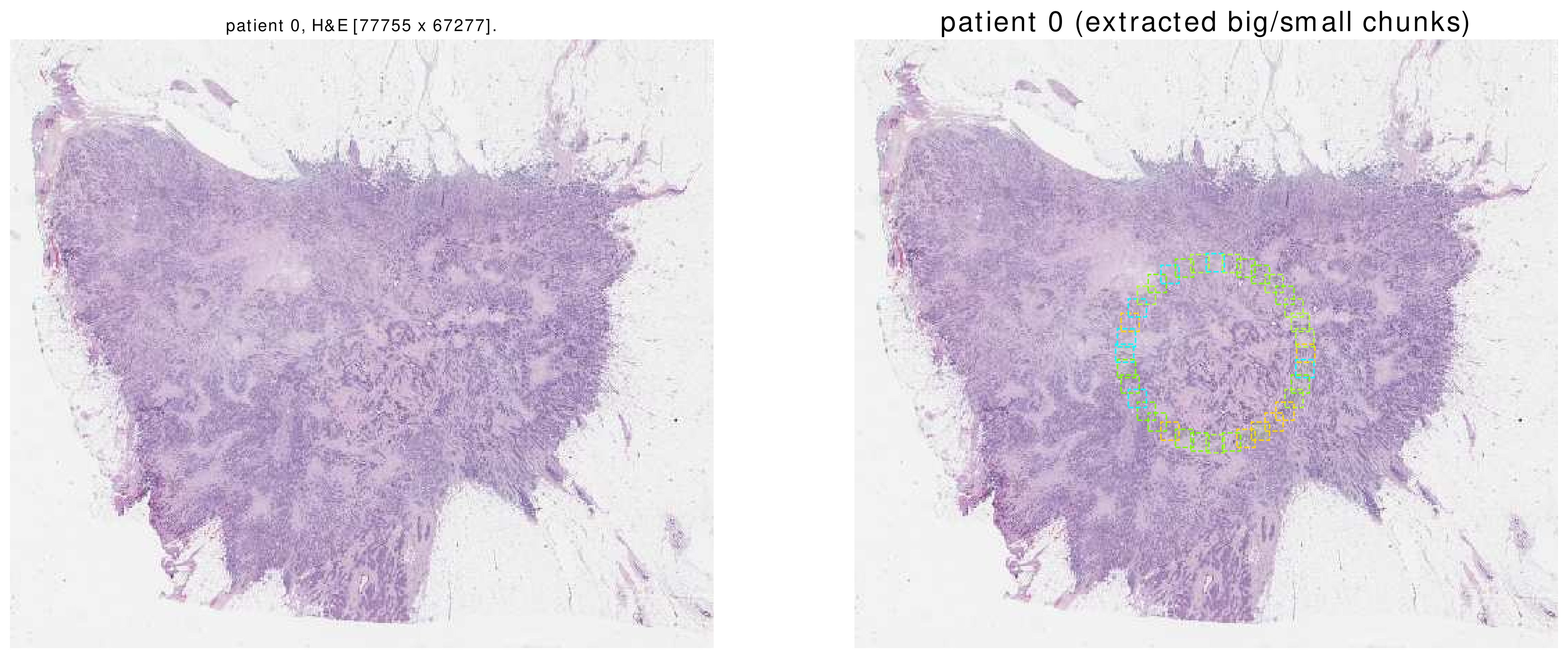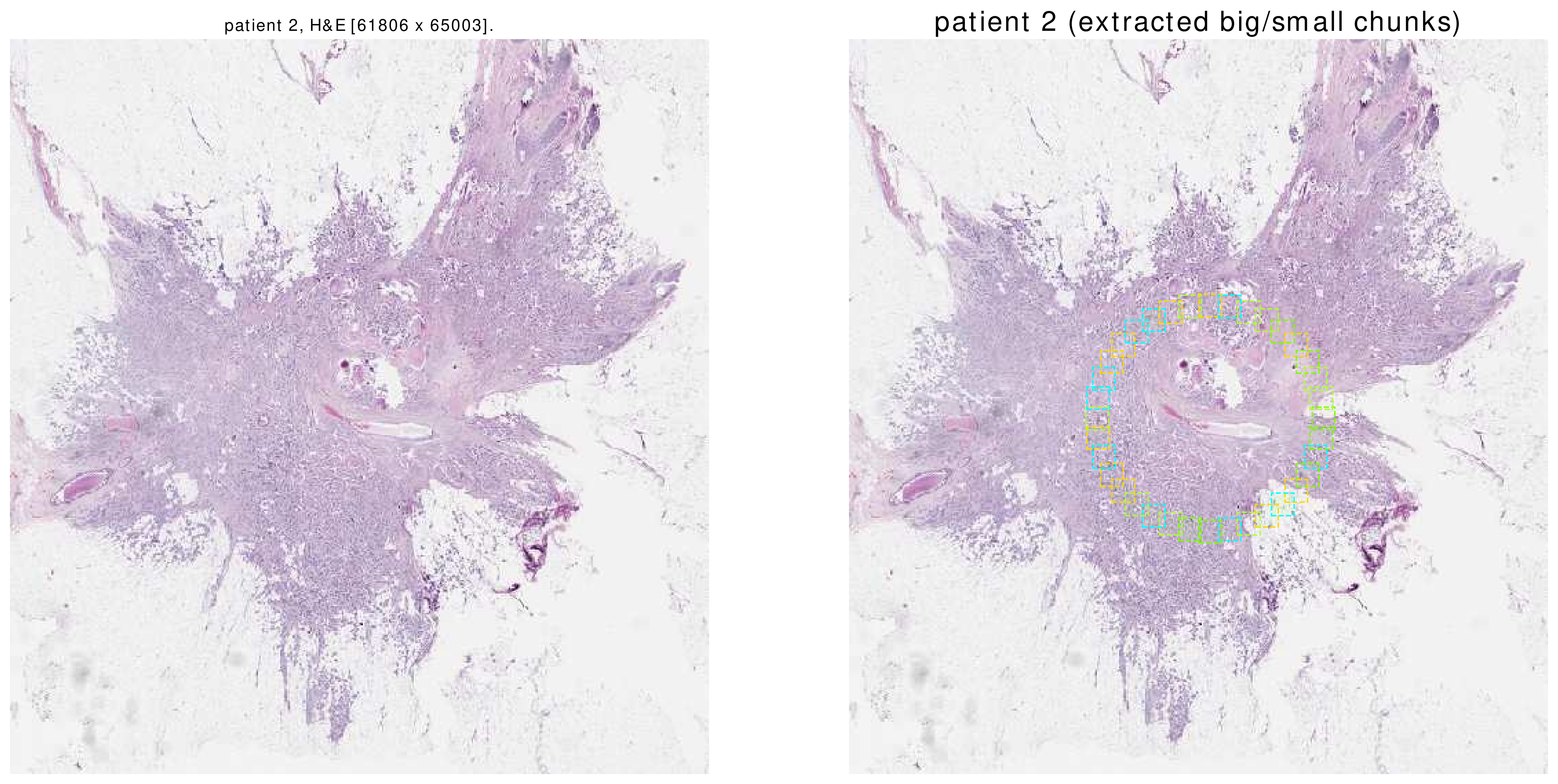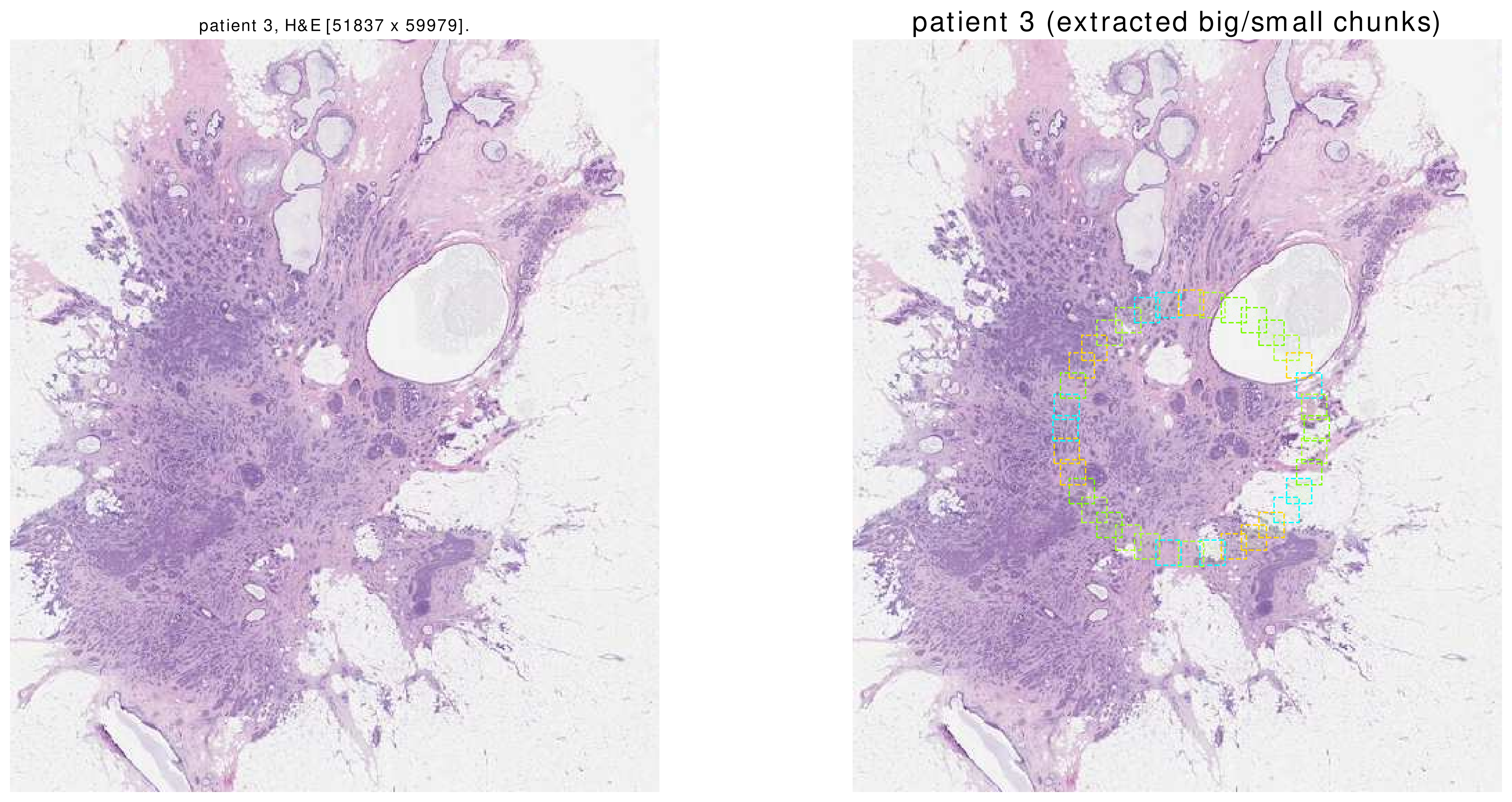 |
 |
Section 10: Call Count
In section 6 we reviewed the life cycle of BigChunkLoaders and SmallChunkCollectors.
In regular intervals:
- The scheduler selects a patient from the dataset.
- A
BigChunkLoaderextracts a big chunk from the patient’s records. TheBigChunkLoaderhas access to the patient byself.patient. - The extracted big chunk is passed to a
SmallChunkCollector. TheSmallChunkCollectorhas access to the patient byself.patient.
In previous section we introduced the functions set_checkpoint and get_checkpoint.
Now we introduce the argument call_count which is passed to the SmallChunkCollector.
Once the SmallChunkCollector starts, the passed call_count is zero.
The argument call_count is the number of calls to the SmallChunkCollector’s extract_smallchunk function
since the SmallChunkCollector has started working.
class SampleSmallchunkCollector(SmallChunkCollector):
@abstractmethod
def extract_smallchunk(self, call_count, bigchunk, last_message_fromroot):
'''
Inputs:
- call_count: The number of calls to `extract_smallchunk`
since the `SmallChunkCollector` has started working.
- bigchunk: introduces before.
- last_message_fromroot: to be covered.
'''
'''
.
.
.
same as before
.
.
.
'''
return smallchunk
Please note that unlike a “checkpoint”, the call_count argument is related to the SmallChunkCollector rather than the Patient.
Here is a sample notebook
that combines call_count, set_checkpoint and get_checkpoint to explore each whole-slide-image in a circular path.
Here are the results (high-quality .eps images are provided in this folder):





 |
 |